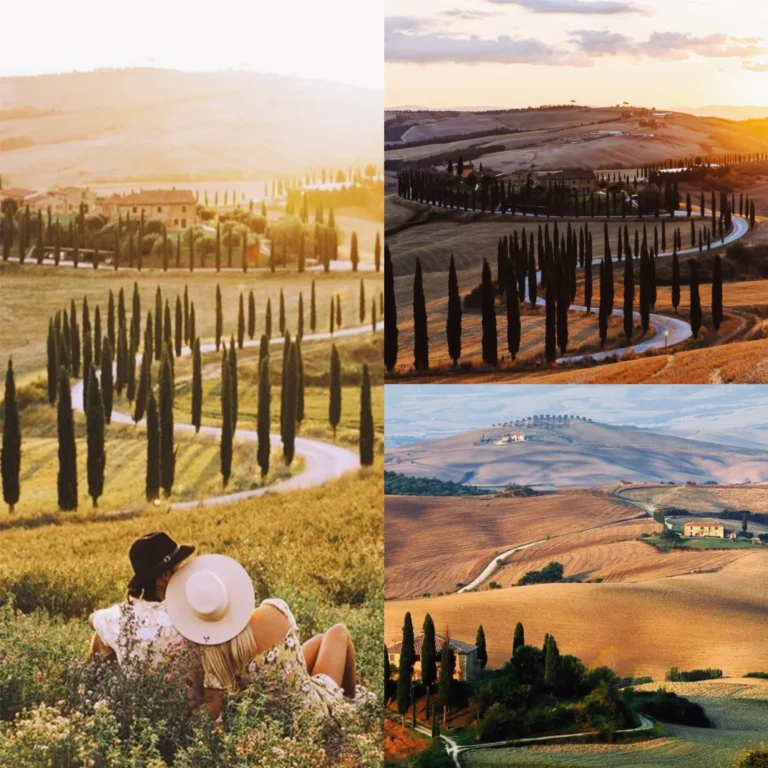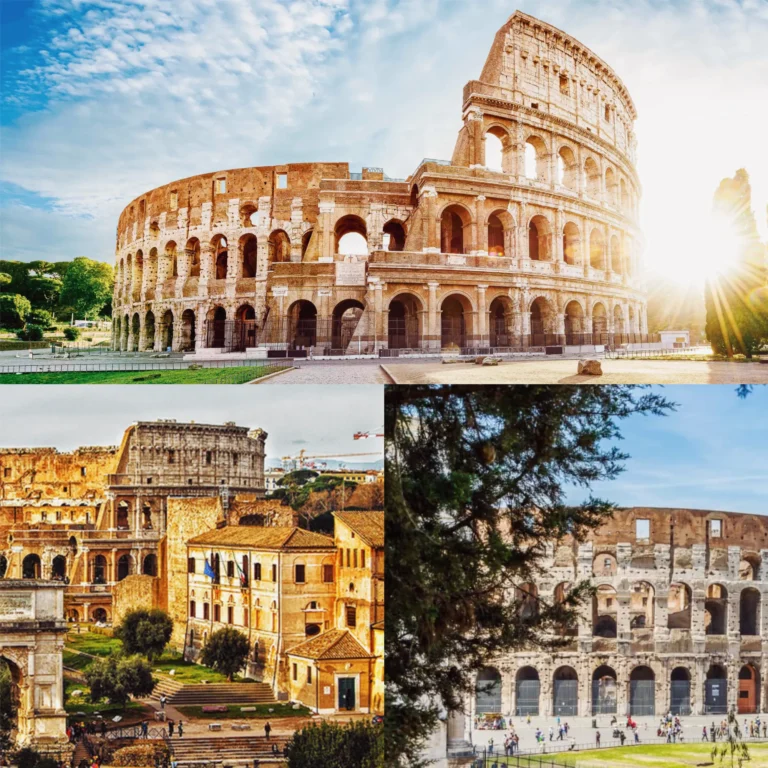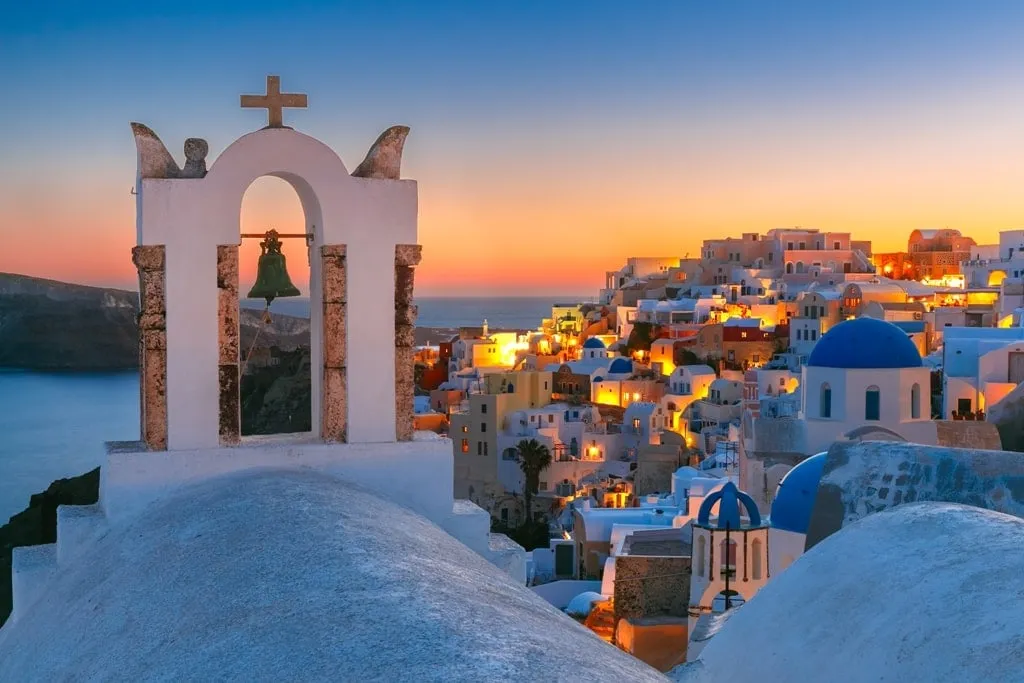
Famous Greek island experiences ‘worst tourist season’
The Santorini island government tries to prevent overtourism, but people say the island is deserted, with occupancy rates reaching 30%.
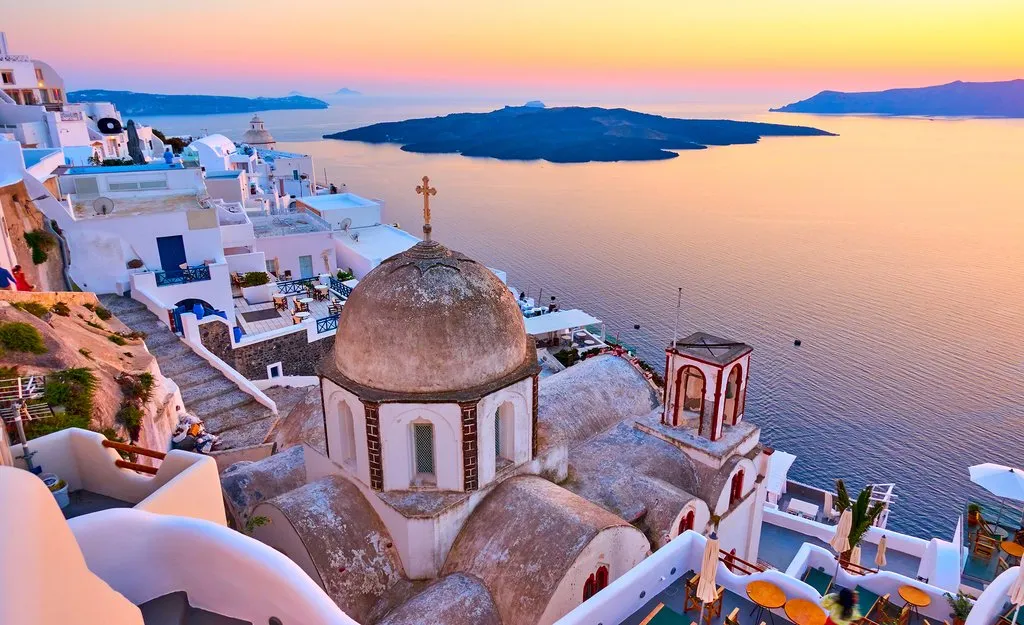
Santorini’s iconic white-washed houses and blue-domed roofs, set against the azure sea and sky, draw 3.4 million tourists annually—170 times its population of 20,000.
On peak days, 17,000 tourists arrive by cruise ships, heading straight to hotspots like Fira and Oia for the stunning sunsets.
Mayor Nikos Zorzos has proposed limiting cruise ship tourists to 8,000 per day, a plan supported by Prime Minister Kyriakos Mitsotakis, aiming to alleviate overcrowding, a problem faced by other European destinations like Italy and Spain. This policy is set to be implemented in 2025.
However, Santorini residents have a different perspective, believing the issue isn’t too many tourists. Gianluca Chimenti, a local travel agency representative who has lived on the island for 18 years, says overtourism doesn’t exist in Santorini. The real issue, according to Chimenti, is the island’s infrastructure.
The narrow cobblestone streets and cliffside balconies are typically packed with tourists taking selfies at sunset. But once night falls, the crowds disappear, leaving the island feeling deserted. Many complain that Santorini transforms from a bustling hotspot to a ghost town after dark.
Chimenti points out that the social media images of Santorini swarming with tourists only tell part of the story. During other times of the day, the island presents a very different picture. Currently, it is quieter than in previous years.
“This year has been the worst season ever,” Chimenti says.
Despite July and August being peak season, the town centers are empty after 9 PM. Restaurants and hotels are not seeing the usual level of activity. Cruise ship tourists are deemed essential by local businesses and are highly valued just as much as long-stay visitors.
Chimenti emphasizes that locals feel Santorini needs change.
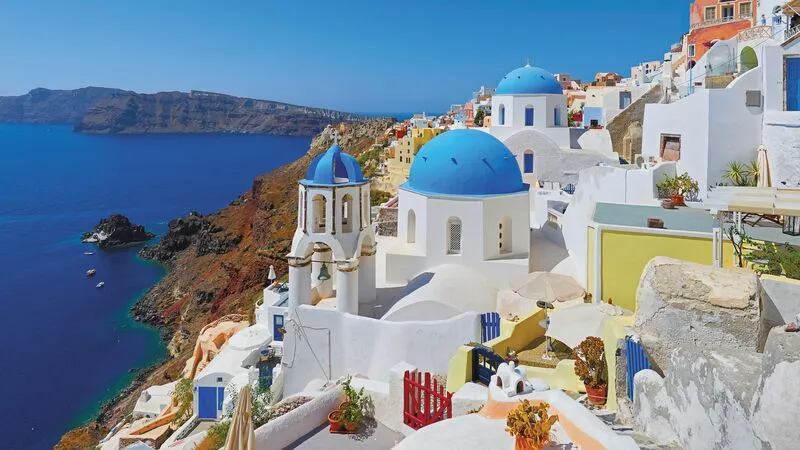
Until the late 20th century, Santorini was a quaint destination where residents rode donkeys and farmed tomatoes and grapes. Today, the island’s outdated infrastructure is under significant strain. The main port in Fira is similarly overburdened with aging facilities. To reach the town center, visitors must walk long, steep paths or take a cable car, with long queues being a common sight when multiple ships dock simultaneously.
However, when the crowds leave (returning to their ships), hotel occupancy drops to 30% during off-peak seasons. Chimenti highlights that the perception of overcrowding, fueled by media reports, is deterring tourists. Many potential visitors avoid Santorini, seeking alternative destinations.
The Cruise Lines International Association (CLIA), a global trade organization, met with Greek Maritime Minister Christos Stylianides on August 1 to discuss improving port infrastructure and services.
Greece’s tourism boom extends beyond Santorini. Reuters reported a 16% increase in national tourism revenue in the first five months of this year, with Greece expected to surpass its record 33 million visitors in 2023. Maria Deligianni, CLIA’s Regional Director for Eastern Mediterranean, stated that cruise lines are committed to maintaining an 8,000-passenger limit in response to the overwhelming popularity of Santorini and Mykonos. Cruise lines are also exploring diverse itineraries to alleviate pressure on these hotspots.
Currently, nearly two-thirds of cruise ships in Greece dock at Piraeus, Santorini, and Mykonos. However, tourists are gradually steering clear of these crowded destinations.
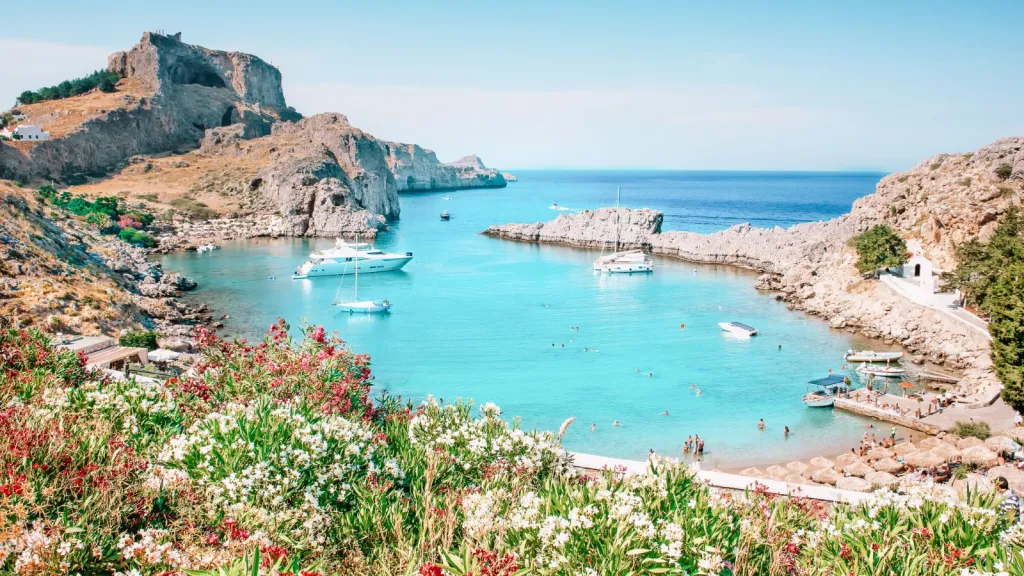
Katie Haslam from the UK spent her honeymoon in Santorini in July. Instead of visiting the tourist-heavy Fira, she opted for a quiet fishing village perched on a cliff a few kilometers away, enjoying a peaceful dream vacation.
“I think there were about eight cruise ships in Fira on the day we planned to visit, so we avoided it,” Katie shared.

